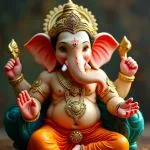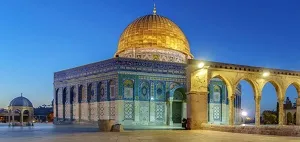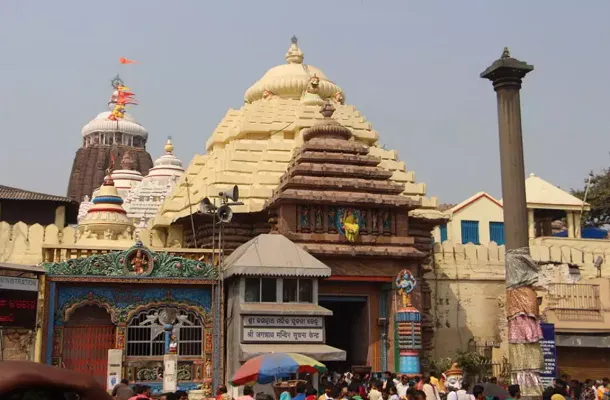
Puri, India is most famous for the Shri Jagannath Temple, also known as Sreekshetra. It's an important part of Puri's history and legacy. During the Puranic era, the ruler of Avanti, Indradyumna, who belonged to the Surya God, constructed the temple. The Jagannath Temple is a significant Hindu shrine honoring Jagannath, a manifestation of Vishnu and one of Hinduism's three greatest deities.
Beginning in the tenth century, when Anantavarman Chodaganga, the first ruler of the Eastern Ganga dynasty, oversaw the demolition of the original temples in the complex, including the main Jagannatha temple, the current temple was constructed. Numerous tales abound concerning the temple, but none have any basis in fact. In Vaishnavite tradition, the temple is considered one of the 108 Abhimana Kshethram. The temple dates back to the 11th century and is one of India's four Char Dham temples. At least 120 temples and shrines can be found within the expansive Jagannath complex, which spans an area of 400,000 square feet. One of the most spectacular monuments in India, because to its rich, detailed sculptures and carvings and towering architecture.
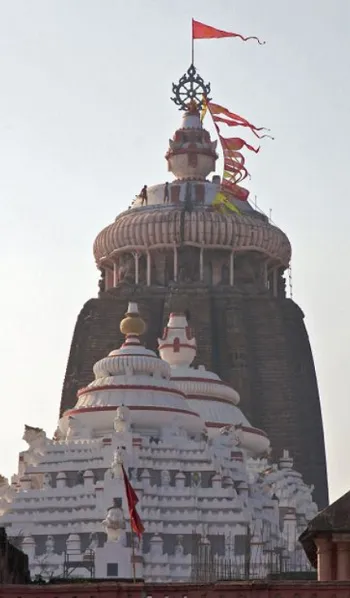
The entire temple complex is surrounded by two concentric walls, the Kuruma Bheda (Inner Wall) and the Meghnad Pachira (Outer Wall).Towards the Singhadwara end of the temple's eastern courtyard. There is a special way that the Lord of the Universe is honored in this culture. He and His siblings enjoy the love and care of their family. They have music and an arati performed each morning to wake them up. They are made to brush their teeth and change out of their pajamas. They get cleaned up and dressed for darshan in the morning. A quick early breakfast (Gopal Ballabh) of fruit, curd, and green coconut would be forced upon them before they were allowed to leave the house again. At 10 a.m., a second meal known as Raj Bhoga is served, followed by some Betel nut to help with digestion. At 1 p.m., the gods sit down to a lavish meal known as Madhyana Dhupa. In 1910, there were 435 courses during this lunch. It was a magnificent feast!
The gods are no exception to the rule that a short siesta is required after a hearty meal. The gods are given comfortable beds in the holiest of holies, and worship is suspended while they sleep. At 6, devotees awaken the gods and goddesses for darshan and an evening supper (Sandhya Dhupa). They change into their evening attire shortly afterward for the Chandanalagi, the application of the soothing sandalwood paste. The gods had a 10:30 p.m. dinner (Badasinghar Bhoga). Every day, over 400 cooks prepare over 100 different types of Mahaprasad (the Bhog of the Gods) in 200 ovens.
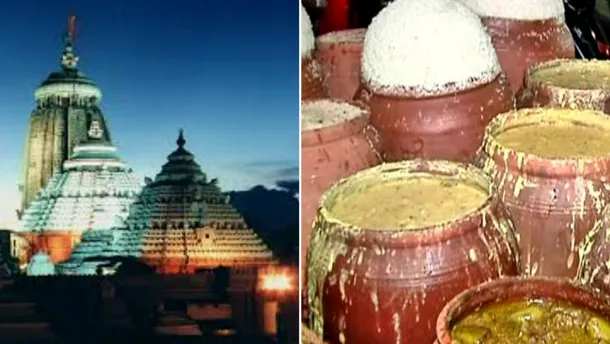
Seven representations of seven gems (Satratna) may be found on the main temple's jeweled altar (Ratnabedi). Along with him are their yellow-faced sister Subhadra, their black-faced brother Jagannath deity, who wears a diamond on his brow, and the white-faced Balaram. The Sudarshan Chakra is located beside them. The silver Saraswati is to the right of the silver Luxmi on the left, while Neelmadhav is at the back. Brahma wood is used to create the primary deity. According to legend, Parambrahma, Krishna's ship, sails as the Brahmadaru from Dwarka to Puri. He purpose of the year with two new moons in the "Ashar" month is to recreate the Divine image. The Nabakalebar ritual is happening.
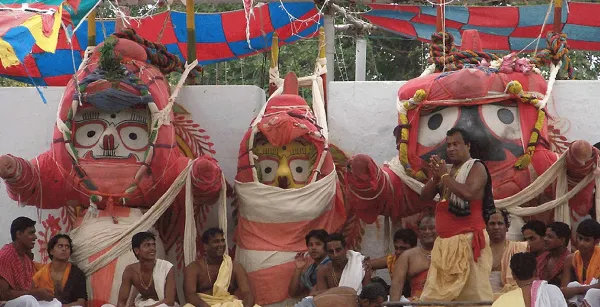
The flag is not flying in the direction of the wind, but rather in the opposite way. The flag that flies atop the Jagannath temple in Puri reverses the wind's direction and flies against it. The 20-foot-tall, one-ton Sudarshan Chakra adorns the temple's pinnacle. The gopuram's chakra was raised and placed without mechanical aid two thousand years ago. Due to its innovative design, the temple's central dome never casts a shadow, no matter the time of day. The Jagannath temple is unaffected by air traffic. No birds, even in Flight, have ever been seen flying over the temple. This supernatural explanation defies scientific explanation. It is hence referred to as a Natural No-Fly Zone.
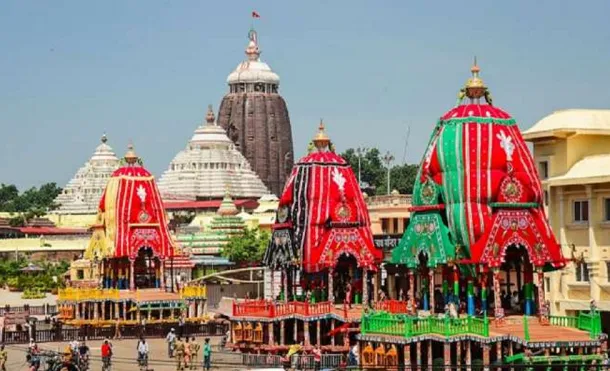
The annual Rath Yatra, or chariot celebration, is held at the temple. Massive chariots holding enormous wooden representations of the three major deities are dragged through the streets surrounding the temple during the festival. The passion of the teeming masses, along with the size and force of these chariots, gave origin to the term "juggernaut." The name "juggernaut" was invented by a British chaplain who witnessed the celebration in the 19th century and heard stories of devotees hurling themselves under the wheels of the chariots. As a devout Christian, the word juggernaut represented everything evil to him. This temple also houses the world's largest kitchen.


